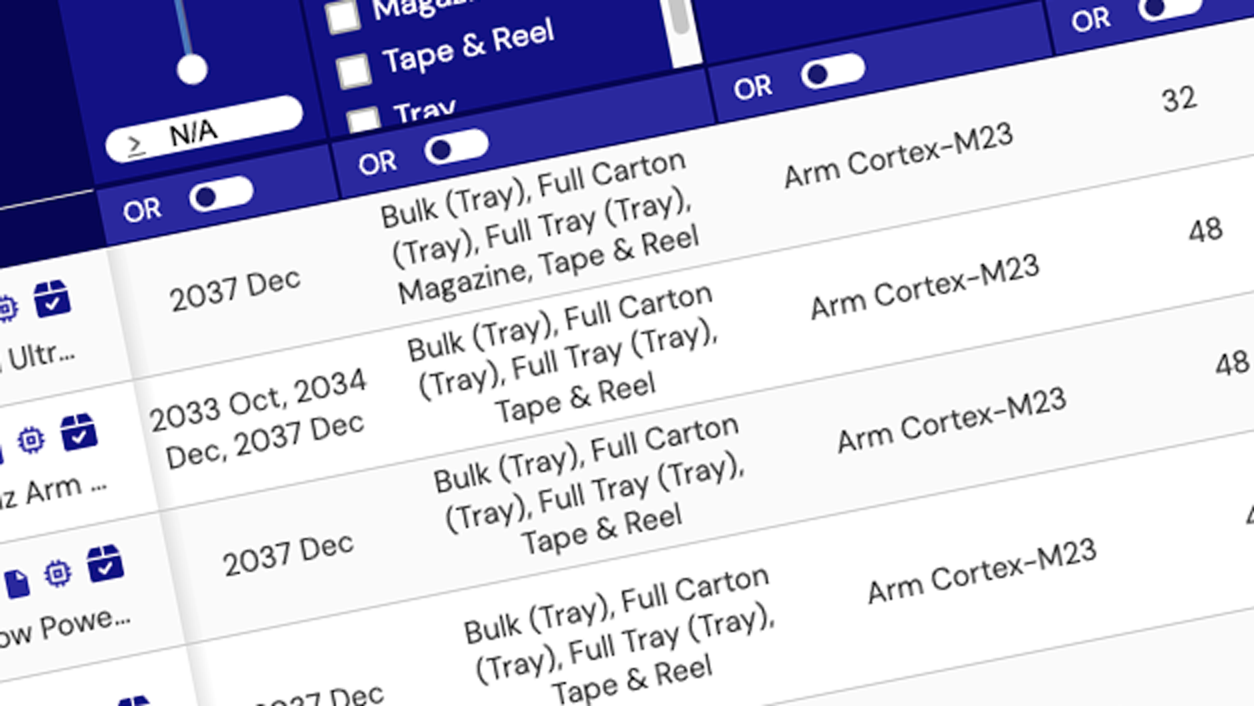Renesas' DDR4 registered clock driver, data buffer and temp sensor make up the industry’s first complete chipset for DDR4 registered dual inline memory modules (RDIMMs) and load reduced dual inline memory modules (LRDIMMs). With DDR4 data rates climbing to 3.2Gb/s and higher, the clear advantages afforded by RDIMM and LRDIMM as a speed-scalable memory technology are expected to drive adoption across a broad array of memory-intensive computing and storage applications.
Renesas also offers an industrial temp DDR4 RCD that supports temperatures as low as -40 °C and as high as 105 °C for existing DDR4 applications.
Through flexible I/O control, timing and voltage calibration, and control register programmability, the Renesas DDR4 registered clock drivers and data buffers enable faster data rates at higher densities on all JEDEC® defined DDR4 LRDIMM and RDIMM topologies. DIMM topology configuration and DRAM information are stored in Renesas' temperature sensor EEPROM.
With a deep knowledge of memory interface chipsets based on successful chipset introductions for all DDR generations, Renesas’ devices will provide reliable performance for your application.


